Pella or American Craftsman Replacement Windows?
natewall
19 years ago
Featured Answer
Sort by:Oldest
Comments (29)
housekeeping
19 years agolast modified: 9 years agoRelated Discussions
Replacement windows in Central Jersey
Comments (14)I learned the importance of a quality window after my contractor stuck me with these crappy vinyl windows from "North-East" out of Merrick NY. Today, I met with the Anderson salesman who gave me the 'Time Share' sales pitch which lasted over two hours!!! All he kept on doing was trashing Vinyl windows and promoting their wood resin technology. Every time I brought up issues mentioned in these forums, or all the great advice I have read, all he could do was say "anderson is better". When I showed him the one new construction window, which still had the nailing strips exposed as the siding was not replaced yet, he recommended to replace with a replacement window and not a new construction. (I am sure this is because he only sells new construction windows) Lastly, his price was so expensive it was mind-boggling. The worst thing was his pressure tactic of giving me a one time only discount of 15% if I signed at that moment. I really wish I had come to this site first before I made the appointment. At least I came here before the meeting and learned so much. Really thank you everyone for your help. Today AGM is coming to show me the Starmark and Okna windows. I promise to try to further enrich this site with my experiences! If anyone happens to read this before calling in "renewal by anderson" to make an appointment for a sales call. Heed my advice, save your time and dont do it....See MoreAmerican Craftsman or ?????
Comments (2)To my knowledge the only thing that has changed at Silverline (American Craftsman) is they now stick a label on it that says "an Andersen Company". Read the first line of the warranty: "Subject to the terms and conditions stated herein, the manufacturer warrants to the Original Purchaser that under the conditions of normal use and service, all window and/or patio door products, including mechanical parts and insulated glass, will be free from the following defects in material and workmanship for the lifetime of the product." Ponder the last 6 words for a minute....See MorePella or Windsor windows?
Comments (13)Liesl123 - that is what Pella always says - that it's never their product's issue, it's the installation. That excuse works on occasion, except that the Pella problems are so widespread, they can't all be installation problems. I know the Pella windows in my house have problems cause of how they are constructed and the materials used by Pella. In another thread where I was asking about Marvin wood-clad vs. Pella, HomeSealed wrote "[Pella] still has a roll formed clad sash, which is inferior to an extruded exterior that you get on the Marvin". I also am not a fan of Pella's practice of denial - I would respect them more if they just admitted to the issues and asked what they could do to help. I have been replacing my Pella Prolines with Marvin Ultimates (a few at a time as I can afford it), and the experience with Marvin has been excellent. You mentioned vinyl - from my reading on this forum there are some really good manufacturers of vinyl windows, and I think for vinyl Marvin is not one of the best, though they are the best for wood-clad. Do a search on this Forum and you will find a lot of info and recommendations. This post was edited by Mrs_Nyefnyef on Tue, Aug 12, 14 at 8:34...See MoreVinyl replacement windows - need help
Comments (8)I know how you feel, as I asked for some advice in a different posting and never got any responses at all. Guess I can try and weigh in, seeing how we both live in the same city and have access to a lot of the same products. I haven't heard of the windows you are talking about, so I can't say whether or not they're good products. I just had 3 reputable local companies come out and give me estimates on vinyl replacement windows and pretty much all of the brands they showed me were good and names I had never heard of. All had nice welds, colors, weather stripping, etc.. After a while they all start to look the same, and I realized that it's best to just find a company that does reputable work and use whatever product they're selling. I've read it many times on other forums--installation is key. A medium grade window, installed correctly, is better than a high end with a bad install. If the company you are looking at does good work and has been around a while, then it's worth considering them....See Morebry84
19 years agolast modified: 9 years agocjra
19 years agolast modified: 9 years agoGuy_DoorandWindows
19 years agolast modified: 9 years agooberon476
19 years agolast modified: 9 years agoDebbie Downer
19 years agolast modified: 9 years agoDebbie Downer
19 years agolast modified: 9 years agoDruidClark
19 years agolast modified: 9 years agobry84
19 years agolast modified: 9 years agooberon476
19 years agolast modified: 9 years agoHeyPearly
19 years agolast modified: 9 years agochrisk327
19 years agolast modified: 9 years agoDebbie Downer
19 years agolast modified: 9 years agoDruidClark
19 years agolast modified: 9 years agoFlowerkitty
19 years agolast modified: 9 years agooberon476
19 years agolast modified: 9 years agokitchenobsessed
19 years agolast modified: 9 years agostevepa717_gmail_com
12 years agolast modified: 9 years agoChristian Smith
8 years agomillworkman
8 years agoUser
8 years agolast modified: 8 years agoJoseph Corlett, LLC
8 years agoUser
8 years agolast modified: 8 years agoakamainegrower
8 years agoDebbie Downer
8 years agolast modified: 8 years agopowermuffin
8 years agobungalowmo
8 years agotom Barthelemy
2 years ago
Related Stories
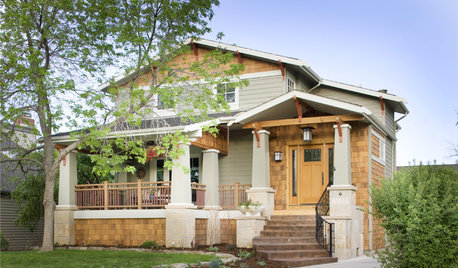
CRAFTSMAN DESIGNAmerican Architecture: The Elements of Craftsman Style
Proud of its handiwork details and with nature as inspiration, Craftsman architecture stands out for its purity of style
Full Story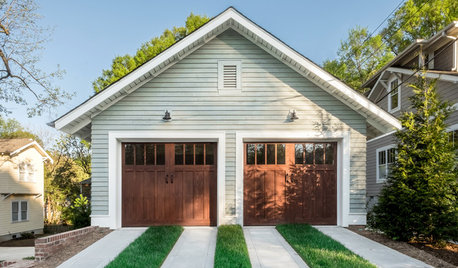
GREAT HOME PROJECTSHow to Replace or Revamp Your Garage Doors
Boost curb appeal and maybe even security with new garage doors. Find out cost ranges and other important details here
Full Story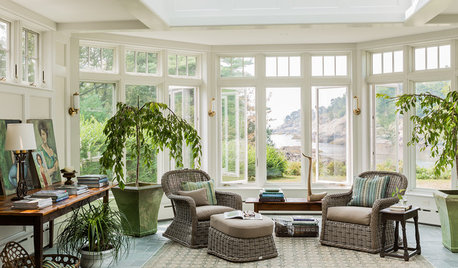
TRADITIONAL HOMESBefore and After: Beauty and Functionality in an American Foursquare
Period-specific details and a modern layout mark the renovation of this turn-of-the-20th-century home near Boston
Full Story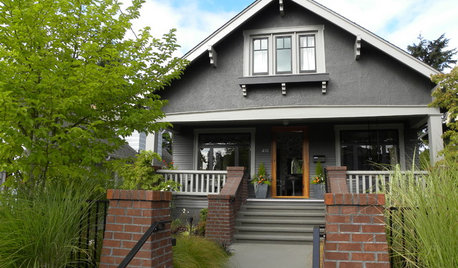
ARCHITECTURERoots of Style: See What Defines a Craftsman Home
Charming features and intimate proportions have made Craftsman houses an American favorite. See their common details and variations
Full Story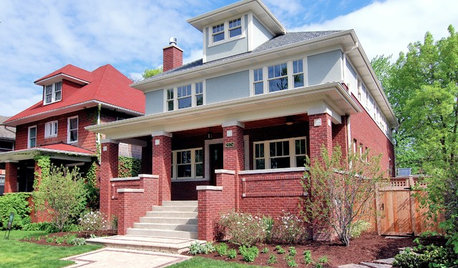
ARCHITECTURERoots of Style: The Eclectic American Foursquare
The turn-of-the-20th-century style transitioned U.S. residential architecture from the Victorian era to the modern age
Full Story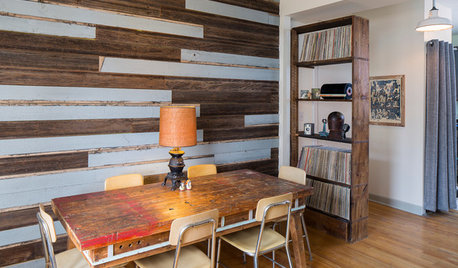
HOUZZ TVHouzz TV: Cool Reclaimed Wood Projects Fill a Craftsman’s Home
Using barn wood, beadboard and beams, this homeowner has crafted furnishings and features for his family’s Chicago home
Full Story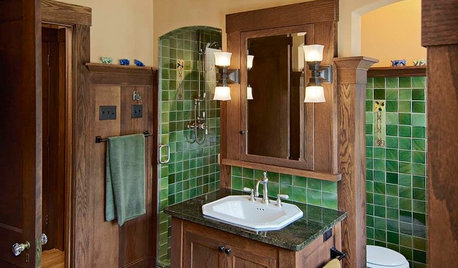
BATHROOM DESIGN7 Elements of Craftsman-Style Bathrooms
If you like a handmade look and simple materials, this style is tailor made for your bath
Full Story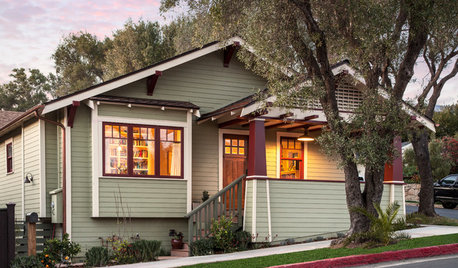
CRAFTSMAN DESIGNNail Your Curb Appeal: Craftsman Style
This traditional style looks to nature for design cues, highlights quality workmanship and emphasizes the front porch
Full Story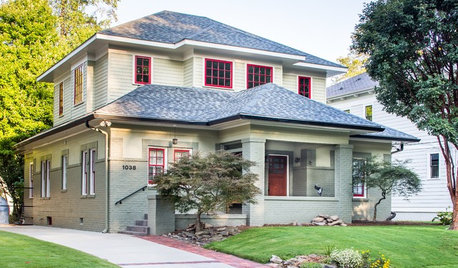
CRAFTSMAN DESIGNHouzz Tour: Thoughtful Renovation Suits Home's Craftsman Neighborhood
A reconfigured floor plan opens up the downstairs in this Atlanta house, while a new second story adds a private oasis
Full Story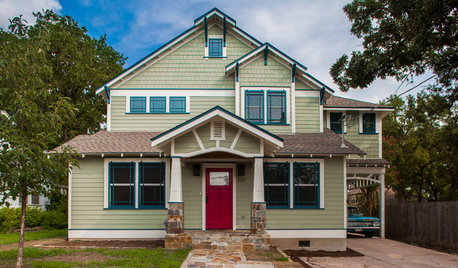
CRAFTSMAN DESIGNHouzz Tour: A Craftsman Cottage Expands for a Growing Family
Not wanting to give up a house full of memories, a Texas family chooses to build up and out
Full Story






Guy_DoorandWindows